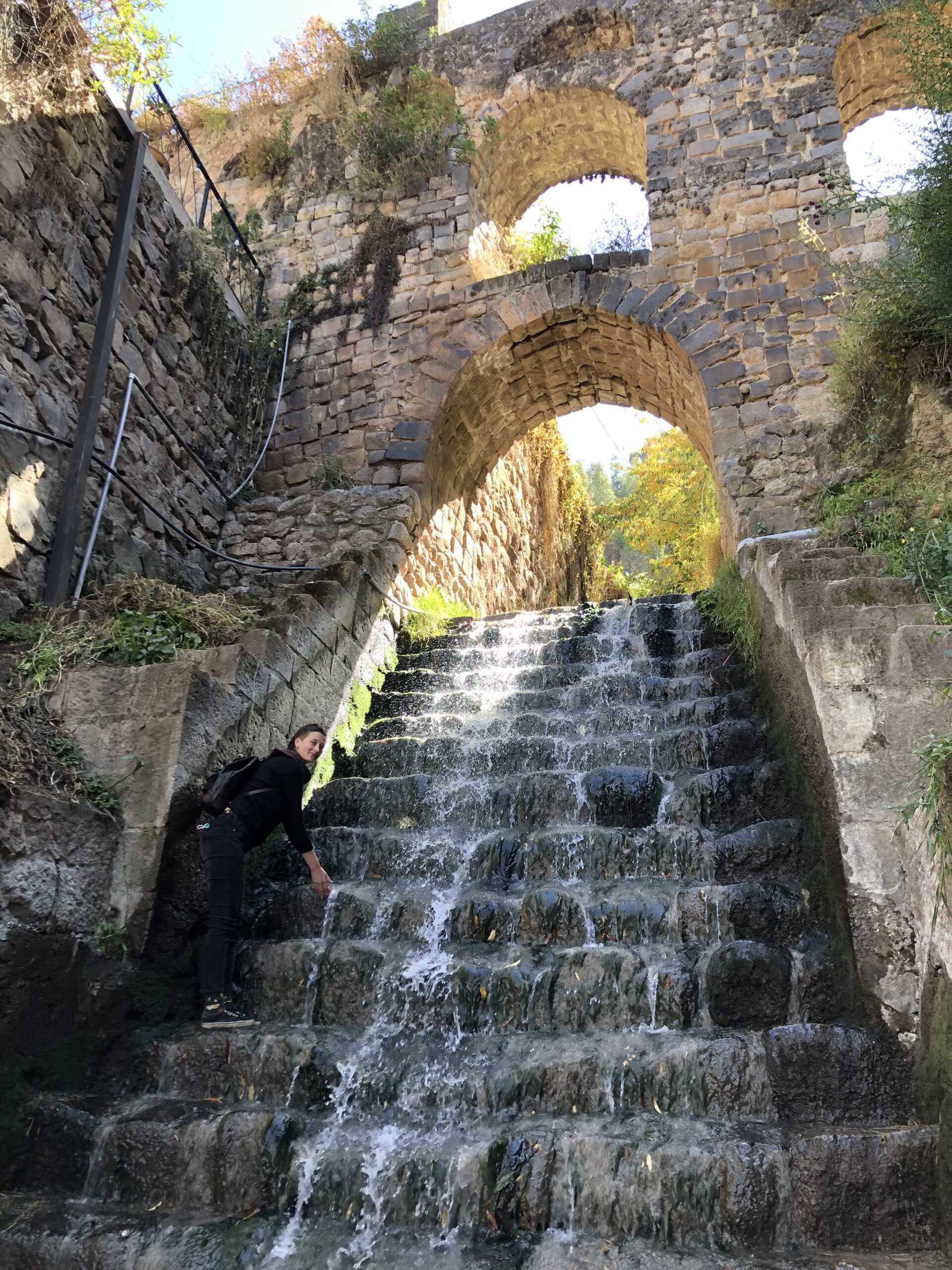
Still More Discoveries To Be Made
We are well over halfway through the Spanish Language and Culture Study Abroad in Cusco, Peru. It is definitely starting to feel like a home away from home. I have a sweet morning routine with my host family, friendly relationships with many of my professors at the Latino School, a favorite local spot to grab lunch, and a long list of places to visit on my eventual return visits. While one might expect these after four weeks in another country, each has required care, patience, and commitment. I am reminded just how much we can take our home-based routines for granted. But like so many other risks in life, the reward for branching out beyond the comfort zone is endlessly enriching. And my Spanish has measurably improved by the desire to connect with the host at the Cat Café who calls me by name and who shares a genuine interest in the wellbeing of kittens, chocolate cake, and coffee con leche.
This week was extra special and filled with mysterious Incan ruins, hiking, and the discovery of water. The city of Cusco sits at a high altitude and generally feels like the arid mountainous climate that it is. One must be very intentional in staying hydrated and applying enough moisturizer. Yet, during a city field trip, one of our professors showed us a secret stream and waterfall. Huaca Sapantiana sits in colonial San Blas and is a beautiful, old staircase turned into a system of steady flowing city irrigation. A hidden gem, it was so spectacular to watch the glittering cascades of rainbow jewels in the dappled light. Amongst all the dryness, I couldn’t believe such an understated venue. Little did I know, it was only the first of many watering holes to come.
The next day, our UW Tacoma group boarded a bus and rumbled off to a tour of ancient ruins. While we tumbled about in time, we had the pleasure of visiting sites outside the urban city. This was particularly insightful because we were able to observe some of the cultural nuances beyond what we had come to be familiar with. Much like the Unites States, rural folks have a different relationship to their inner communities and there are unique regional principles. In Moras, we explored the endless expanse of salt pools. Fed by a solo stream, the salt is extracted in stages of pools. Each color represents a different stage of condensation and “readiness”. In Moray, we saw the layers of ruins used as multilayered “greenhouses” for food cultivation and hardening off crops for different climates. We saw some of the agricultural practices and many, many different stages of corn and potatoes. The inground irrigation was designed to evenly distribute water from surrounding springs and the natural cycles of precipitation.
In Machu Picchu, there were signs of water everywhere. Though not technically a jungle, the lush greenery was a striking contrast to the high desert of Cusco and the Maras salt pools. There was no shortage of linkage between the natural spring atop Machu Picchu and the ancient Incan civilization built below it. Below it, the river was also considered sacred and great labors were made to respect the honor of its earthly presence. Though there is much mystery that surrounds the lineage and history of many of these ruins, the reciprocity of the sun, moon, and water runs through every narrative. These high-altitude societies lived and thrived off their ability to adequately funnel water into their lives and crops. Thus, to occupy these spaces, even temporarily, is to embrace the presence and power of water. This significance was not lost on me and helps me to appreciate the importance of precipitation in my own very wet Pacific Northwest home.
While I’m getting excited to start to head back home, I am still enjoying all the diversity and beauty that is Peru.
¡Así es la vida!

